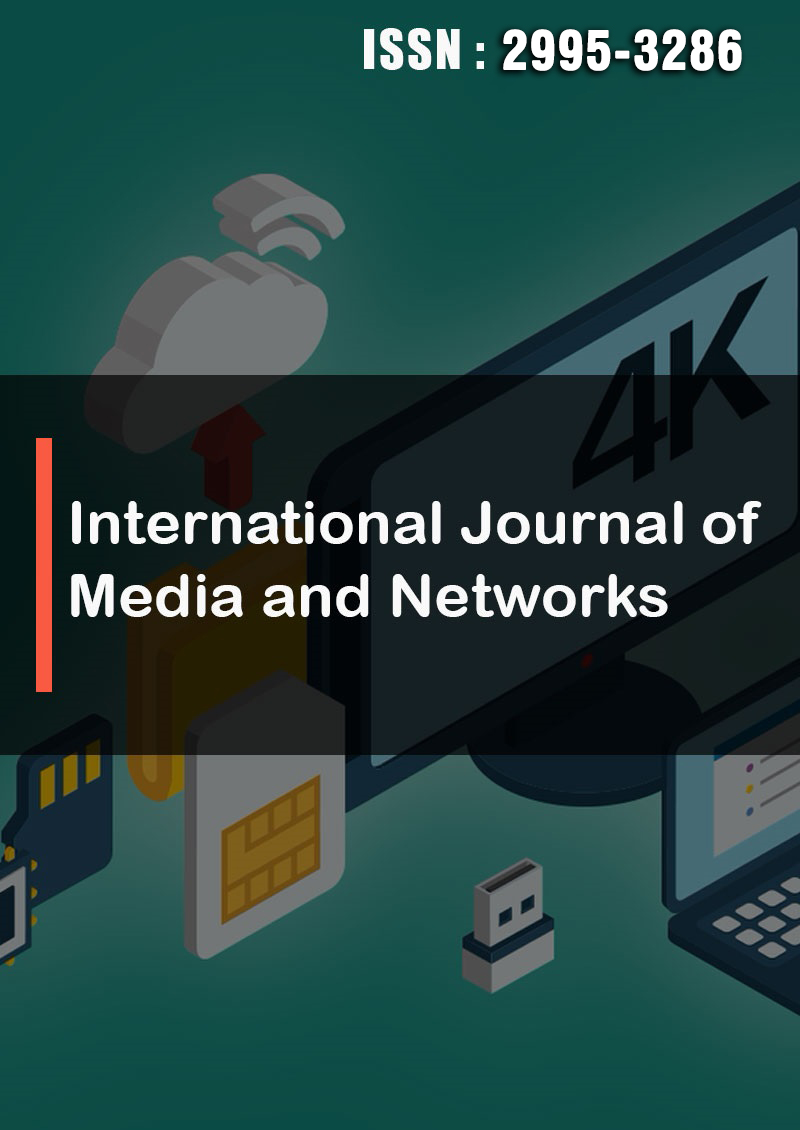Why Just One Big Bang? Chance, Causality and c2- Inertia
Abstract
Milan D. Nesic
In science history the conflict between Einstein and the Copenhagen school (quantum mechanics) is well known. On the one hand, Einstein's strict determinism, on the other, Heisenberg's uncertainty relations, the collapse of the wave function and the chance at the micro level, regardless of the macroscopic explanations of the postulate cmax=const, regardless of the initial mass. At the time when our Galaxy was the whole world and the mutual velocities in it were negligible according to the speed of light, Einstein held that the mass of the world was one and unique. In 1985, in a lecture on quantum electrodynamics
QED: The Strange Theory of Light and Matter: Feynman says that he only describes how nature behaves without being able to explain why it behaves like that because no one understands this; and Laughlin in 2005 says, already with the title of his book.
A DIFFERENT UNIVERSE: Reinventing Physics From The Bottom Down: That an effort on understanding this fact to humanity is yet to come. This article shows that one should start from the very postulate cmax=const, rethinking this experimental fact—because Einstein's explanation from 1916 is insufficient and in fact wrong: he tacitly takes the coordinate system of the railway embankment as absolute, and to the train speed adds to or subtracts the light speed. And rethinking will lead us to the necessary Heisenberg relations of uncertainty, c2 - inertia and new insights into the property of relativity and symmetry of the vacuum itself, to the explanation of the EPR paradox and the so-called the twin paradox. And all together to one Universe, really different from how we imagine it today with a Big Bang.




